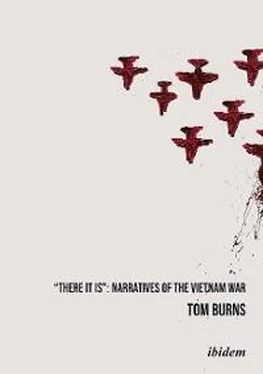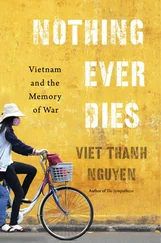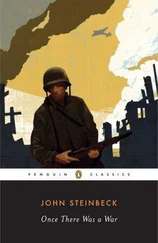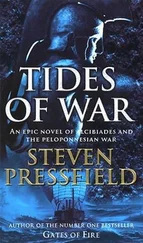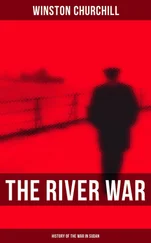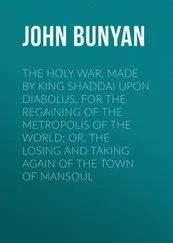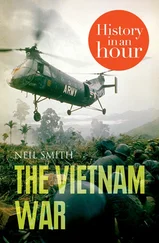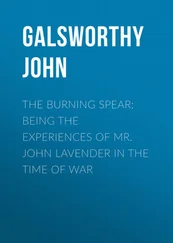My special thanks to my former student and co-founder of NEGUE, Luiz Gustavo Vieira, who spent many hours with me discussing war, literature, and other aspects of life, and who read the entire manuscript, correcting mistakes and offering valuable criticisms at every point.
Luiz Gustavo—a valuable friend, student, colleague, and often teacher—to whom I gratefully dedicate this book.
There it is…The phrase was much used by stoic grunts everywhere.
Karl Marlantes, Matterhorn
There it is, they‘d say. Over and over—there it is, my friend, there it is—as if the repetition itself were an act of poise, a balance between crazy and almost crazy, knowing without going, there it is, which meant be cool, let it ride, because Oh yeah, man, you can´t change what can´t be changed, there it is, there it absolutely and positively and fucking well is.
Tim O‘Brien, The Things They Carried
“Patriotism is supporting your country all the time,
and your government when it deserves it”
(Mark Twain)
With the end of World War II, the economically developed and politically stable democracies, the so-called First World nations, led by the United States, engaged in the global struggle known as the Cold War with the Second World or socialist states in Eastern Europe, which were unified and controlled by the Soviet Union. The conflict had actually begun before the war was over, with the “Big Three”—the US, the USSR, and Great Britain—planning to divide up the globe among them, but the opening salvo of the Cold War, at least symbolically, was fired by Winston Churchill in a speech of March 1946 in the United States, when he declared that “an iron curtain has descended across the continent,” a warning about what he regarded as the danger to the “Free World” of Soviet expansionism and the lack of the necessary western military strength to counteract it. While President Truman apparently approved of the content of this speech, which took place in his home state of Missouri and pointedly referred to the “special relationship” of the US and Great Britain, US officials feared that what Churchill really wanted was to enlist their country in propping up the crumbling British Empire. For his part, Josef Stalin predictably referred to the speech as imperialistic “war mongering.” 1
The Cold War was waged for the hearts and minds, as well as the material wealth, of the rest of the planet, inevitably grouped together as the “Third World.” This was a geographically, politically, and culturally diverse group of countries that could only be perceived as a cluster of states by their common condition of instability, because, as Eric Hobsbawm has pointed out, they formed what was, in effect, “a worldwide zone of revolution—whether just achieved, impending or possible.” 2Attempting to suppress it, the United States identified this revolutionary instability with the Soviet Union, which in turn attempted to exploit it, for the postwar Pax Americana reigned only over the First World and could not for the time being reach or affect the Second World, which remained under the control of the Warsaw Pact. The fear engendered on both sides by the prospect of global thermonuclear war between the two superpowers actually contributed to the military stability even while the maneuvering of propaganda and espionage contributed to the political instability of the Cold War. According to Hobsbawm,
Almost from the start of the Cold War, the U.S.A. set out to combat this danger [i.e. revolution] by all means, from economic aid and ideological propaganda through official and unofficial military subversion to major war; preferably in alliance with a friendly or bought local regime, but if need be without local support. 3
The many wars waged against perceived global Communist expansion, numbering over a hundred between the end of World War II and the demise of the Soviet Union and other Communist states in the late 1980s, were all fought in the Third World. The most extensive of these wars, and the only one, besides the Korean War of 1950-1953, in which American troops fought, was the war in Vietnam. This conflict may be described from a longer historical perspective as the “Vietnam Wars,” 4since Vietnam’s anti-colonial war against the French (1945-1954) was taken up again right after World War II once the Japanese had been driven out of the region by the Allied forces and the Vietnamese. The war(s) in Vietnam did not even end with the withdrawal of the American interventionist forces in 1973 and the subsequent fall of South Vietnam in 1975. The unified north and south, now officially called the Socialist Republic of Vietnam, suppressed continued opposition in the south of the country, invaded Cambodia to overthrow the US-supported regime of Pol Pot, and resisted a Chinese incursion that was only the most recent one of centuries of attempted Chinese expansionism southward into Vietnam.
What is generally thought of as the Vietnam War is more narrowly defined as the ten year hot war (1965-1975) waged between the South Vietnamese government supported by the US, and the revolutionary forces of the National Liberation Front (NLF), the official name of the Communist guerrilla insurgents in South Vietnam—known by the anti-Communist southern regime derogatively as “Vietcong,” or Vietnamese Communists—which was encouraged and later supported, but crucially not controlled, by the government of North Vietnam. 5
One might contest, however, this ten year period of the American War in Vietnam as too brief to comprehend (in both senses) the conflict, especially since American intervention in colonial Indochina began as early as the 1950s, with the US taking over the conflict after the decisive military defeat of the French by General Vo Nguyen Giap’s forces at Dien Bien Phu in 1954. 6Simply put, the American war in Vietnam was waged based on the goal of a South Vietnam free of Communism, but how that goal was established is worth examining. Fortunately, the process has been described in detail by the US government itself in the collection of documents that came to be known as the “Pentagon Papers.”
The Pentagon Papers were based on “investigative reporting by Neil Sheehan, written by Sheehan, Hedrick Smith, E.W. Kensworthy and Fox Butterfield,” from the collected papers and documents of the secret Pentagon study of the Vietnam War, originally commissioned by Secretary of Defense Robert S. McNamara. They consisted of a “massive top-secret history of the United States role in Indochina,” which took a year and a half to write, was written by anonymous government historians—including officials from the State department, intellectuals from government financed institutes, and military career officers—and incorporated material from the White House, the CIA and the military Joint Chiefs of Staff. There were some 3000 pages of narrative history and more than 4000 pages of documents appended to the narrative, all collected in 47 volumes. Daniel Ellsberg, an analyst for the Rand Corporation, illegally copied the collection of secret documents. 7 The New York Times obtained most of the collection and began publishing a series of articles based on them in June 1971. The US Justice Department tried to suppress publication, alleging a breach of “national defense interests,” but, in June of the same year, the Supreme Court upheld the right to publish under the First Amendment to the Constitution. 8
The narrative leading up to the ten year war may be summarized as follows. President Franklin D. Roosevelt’s original plan for placing French Indochina under international trusteeship to prepare it for independence was diluted at the 1945 Yalta Conference in the interests of European colonialism. The British, fearing for their own overseas colonies and aided by President Truman’s administration, which, for its part, feared postwar Communist gains, supported the restoration of French sovereignty after the war, ignoring the North Vietnam leader Ho Chi Minh’s plea for the help of the US in preventing that outcome. The Eisenhower administration also gave the French material support in their ultimately unsuccessful attempt to suppress the Viet Minh, the anti-colonialist forces in the north, who had fought for independence against Japan before finally defeating the French. 9
Читать дальше
